Combat aircraft. Junkers Ju-88: the universal killer
What can be said about the brainchild of "Junkers", more precisely, Heinrich Evers and Alfred Gassner? Only one thing: they did it. 15 000 issued aircraft. This is a recognition that the car came out very, very good.
It all began in the distant 1935 year, when the Luftwaffe thought about changing the attacking component. They thought so well, and instead of the Kampfzerstorer concept, which was a rather insane mixture of a multi-role fighter, bomber and attack aircraft, the idea of a specialized high-speed Schnellbomber bomber was put forward.
Schnellbomber was also a very original Wishlist, because in theory it was a kind of compromise between speed and other qualities necessary for a multi-purpose machine. Armor and defensive weapons, for example.
The Luftwaffe believed that if such a bomber, having a speed comparable to modern fighters, is more likely to survive, and you do not have to spend money on booking.
The logic was that. If the fighter in front of the task is to catch up with a climb, a bomber flying at a speed of 20-30 km / h is lower than that of a fighter. That is a problem virtually unsolvable.
The requirements for Schnellbomber were forwarded to Focke-Wulf, Henschel, Junkers and Messerschmitt.
The Focke-Wolves declined to participate in the competition, the Messerschmitts tried to push their kind of “new” Bf.162 to the competition, which was quite modified under the terms of the Bf.110 competition, but the Junkers and Henschel began to develop completely new machines.
By the way, Henschel created a very interesting Hs.127 car, but did not manage to meet the deadlines.
Messerschmitt was denied participation, having recommended engaging in fighter jets. So as such, the competition did not work out at all.
It turned out that the Junkers project was the only one. Well, the tests began.
In general, the plane turned out to be quite interesting. In tests, he was finally dispersed right up to 520 km / h. Armament, however, was more than modest. One defensive machine gun and 8 bombs weighing 50 kg.
But you must admit, in the 1937 year, not every fighter could fly at such a speed. We can say that the Schnellbomber project received a material embodiment in metal.
However, there it was. Germany of the 1938 model of the year is not China, although it is somewhat similar. The Germans did not have a superfast bomber at all, so they decided ... to remake it into a dive bomber!
Yes, just like that, and why not?
It is clear that the success of Ju-87 in Spain is not weak so prompted.
But Ernst Udet, the chief of the planes, insisted, and in the Junkers they sat down for alterations. It is clear that the matter turned out to be complicated, since it is not so simple to teach to dive an airplane, which was not originally intended for this.
I had to develop air brakes, devices that facilitate the piloting of the machine during entry and exit from the dive, and strengthen the wing structure. Well, at the same time decided to strengthen the defensive weapons.
In general, a car turned out to be very different from the original prototype. The most noticeable difference was the new nose of the fuselage with "facet" glazing. This became a useful option, since almost the entire nose of the aircraft became transparent, which greatly facilitated the pilot's search for a target when diving.
Under the cockpit equipped lower gondola with a machine gun MG.15, capable of firing back and down.
That is, the armament of the aircraft doubled. Subsequently, a third machine gun appeared, course. Machine gun food was in-store. The stock of cartridges was 1500 pieces.
There were two bombing compartments on the plane: in the front compartment it was possible to suspend 18, and in the rear compartment - 10 bombs 50-kg. And between the nacelles and the fuselage, four bomb racks were installed for bombs of greater weight than the standard 50 kg.
The armament of the 88 was constantly increasing as the armament of the fighters increased.
The outbreak of World War II showed the Ju-88's poor defense against side attacks. Since at that time the designers did not have a normal gun that could be mounted on a bomber, and heavy machine guns were also being finalized, the strengthening of the armament of the Ju-88-4, the main bomber modification, was limited to replacing MG.15 machine guns with MG .81, powered by bulk tape of metal links.
Plus, two more firing points were added to protect the side projection and one for firing forward and down.
The crew of Ju.88A consisted of four people: a pilot sitting on the left front seat, a navigator scorer, located to his right and slightly behind, a radio operator arrow, whose seat was located behind the pilot’s back and was deployed back, as well as flight technicians, working whose place was located behind the scorer.
The bombardier could also fire from a front machine gun mounted in the cab’s right windshield. If necessary from this weaponsfixed by the bracket, the pilot could shoot, however, he had to aim, maneuvering the whole plane.
The scorer, just in case (a serious injury or the death of a pilot) had a small removable aircraft control stick. The pedals were mounted only by the pilot. To compensate for the aircraft’s turn when flying on one engine, the scorer had a small helm controlling the position of the rudder trimmer.
The upper rear defensive installation was served by a radio operator gunner, and the lower one was serviced by a flight engineer. The latter was forbidden to be in the lower gondola at the stages of taxiing, take-off and landing, since in the event of a breakdown of the landing gear, the ventral “bath” was often destroyed.
Actually, in this form, 88 entered the war. He finished it in a completely different guise, but this is the topic of a separate article, since machine guns were replaced by heavy machine guns, and instead of some guns were installed.
The first combat sorties in World War II Ju.88 (these were modifications of the A-1) were fired against British ships near Norway. The debut was successful, but we can immediately say that, despite the assault arranged by Goering, Ju.88 was late for the war.
In general, Goering set production volumes. The main assembly line at the Junkers factory in Dessau was to produce 65 Ju.88A. But Goering’s task provided for 300 cars a month, so a number of factories of other companies were involved:
- factories Arado (Brandenburg), Henschel (Schönefeld) and AEG - 80 units per month;
- Heinkel (Oranienbaum) and Dornier (Wismar) factories - 70 units per month;
- Dornier plant (Friedrichshafen) - 35 pieces per month;
- ATG and Siebel plants - 50 units per month.
However, despite the fact that almost everyone began to produce Junkers, by the beginning of the blitzkrieg, 133 ready-made aircraft were issued, which took part in the hostilities.
The battle for Britain showed that the 88 is actually more well-behaved in battle. High speed did not prevent losses, but compared to the losses of Dornier Do.17 and Heinkel He.111, Ju.88 losses were less.
By the end of the Battle of Britain, the recommended Ju.88A-4 began to arrive in combat units.
The car turned out to be somewhat slower than the A-1, but all the “childhood illnesses” were resolved and the Ju.88A-4 turned into a very effective fighting machine.
But at the very beginning of the article, a phrase about universality was heard. So, let's start now about this.
Let's start with the performance characteristics, although I usually end with them. But not at this time.
Modification of Ju.88a-4
Wingspan, m: 20,00
Length, m: 14,40
Height, m: 4,85
Wing area, м2: 54,50
Weight, kg
- empty aircraft: 9 870
- normal takeoff: 12 115
- Maximum takeoff: 14 000
Engine: 2 x Junkers Jumo-211J-1 x 1340
Maximum speed km / h: 467
Cruising speed, km / h: 400
Practical range, km: 2 710
Maximum rate of climb, m / min: 235
Practical ceiling, m: 8 200
Crew, prs: 4
Armament:
- one 7.9-mm machine gun MG-81 forward;
- one movable 13-mm MG-131 or two MG-81 on a moving installation forward;
- two MG-81 back-up;
- one MG-131 or two MG-81 back and down;
- 10 x 50-kg bombs in the bomb bay and 4 x 250-kg or 2 x 500-kg bombs under the center section, or 4 x 500-kg bombs under the center section.
So what did I mean by that? Just that the 88 was a very outstanding aircraft for its time. And if you compare it with a competitor, Ne.111, who is better - that will be the question. But we will have comparisons ahead, long winter evenings comparable. In the pattern and likeness, as compared "Corsair" and "Hellcat."
The Germans, being pragmatic and meticulous people, also realized that 88 was a complete success. And they started to create ...
During the Battle of England, Germans drank a lot of blood from barrage balloons, which were widely used by the British to cover industrial centers. Indeed, worthless bubbles raised to a decent height were a threat to aircraft, especially at night.
And the first non-bomber modification of the 88 was a minesweeper, which, like a ship of a similar purpose, had to "clear the fairway" for the bulk of the bombers.
So there was a variant of Ju.88-6, equipped with a metal paravan farm with cable cutters at the ends.
The total weight of the truss was 320 kg, another 60 kg added a counterweight located in the rear of the fuselage. Of course, such a plane also took less bombs to compensate for the mass of the paravan and the increased aerodynamic load.
The idea was not bad, but failed to implement it. Firstly, an airplane is not a strong enough thing, therefore contact with a cable at a speed of 350 km / h was often fatal. Secondly, unlike sea minesweepers, aircraft rarely fly in a wake formation. Therefore, the wiped strip, especially at night, usually remained unclaimed. Therefore, basically after the end of the “Battle” all minesweepers were converted into ordinary bombers.
Some of the aircraft of this modification were converted into distant naval scouts. There weren’t enough “Condor”, so the car, which was named Ju.88A-6 / U, was very useful.
The crew of such machines was reduced to three people, the lower gondola was dismantled, and the FuG 200 Hoentville radar was installed in the nose of the fuselage. Instead of bombs on external holders, fuel tanks were suspended. In addition to the Hoentville radar, some vehicles received a Rostock or FuG 217 radar kit, the antennas of which were located on the wing. The detection range of a cruising class ship or large transport in favorable conditions reached 50 nautical miles.
Another family, rather malicious, were torpedo bombers.
At the beginning of 1942, the Ju.88А-4 / Torr variant was created on the basis of the Ju.88А-4 bomber.
Re-equipment was carried out at repair plants using a special completion kit that provided for the replacement of four external ETS bomb racks with two PVC torpedo racks, each of which could be suspended aviation torpedo LTF 5b weighing 765 kg.
The brake grilles and the automatic dive exit were removed as completely unnecessary, but the Ju.88A-4 / Torr often carried the MG / FF gun in the nose of the fuselage or the ventral gondola.
The dumping of torpedoes was carried out using an electric drive, in the photo you can see special fairings, which closed the wires and rods going to the locks.
Some aircraft were equipped with FuG 200 locators, it was a small factory series Ju.88A-17. These cars had no ventral gondola initially, and the crew was reduced to three people. The weight of torpedoes that could be taken on board grew to 1100 kg.
Torpedo bombers based on Ju.88A-4 performed well in the Mediterranean, in the Atlantic, in the North.
There was an assault option. Ju.88A-13. The aircraft was additionally booked from frontal fire and placed in a container integrated into the first 16 bomb bay (sixteen!) 7,92-mm machine guns firing forward and down. The second bomb bay contained 500 kg SD-2 fragmentation bombs. The plane was used only in the initial period of the war, since further 7,92-mm machine guns became irrelevant.
When the British began to bother Germany with raids, they had to make a heavy fighter. One that can barrage for a long time, covering the area, and then attack the targets as they appear.
Ju.88C. There were 7 modifications that differed in engines, weapons and equipment. The most common was Ju.88С-2, on the basis of which modifications of C-3, 4, 5 were created.
The main armament of the Ju.88С consisted of an 20-mm gun or an 13-mm machine gun and three 7,92-mm machine guns in the bow. The crew was reduced to three people (minus the navigator).
The aircraft did not carry bomb loads, aerodynamic brakes were not installed. Night versions were equipped with a radar (depending on version) FuG-202, FuG-212, FuG-220 and FuG-227.
Not without scouts. Ju.88 The same A-4 base, but they removed bomb weapons, aerodynamic brakes, and installed additional fuel tanks. Flight range increased to 5000 km.
Naturally, scouts carried aerial cameras.
We should also mention such an interesting design as the Ju.88G. This is another nightly interceptor fighter, released by a series of almost 4000 vehicles.
The aircraft was made using the fuselage and tail from Ju.188 and the wing Ju.88A-4.
They equipped the interceptor with the FuG-220 Lichtenstein locator and six MGN-20 151-mm cannons.
There was a reverse scheme when the fuselage was taken from Ju.88A-4, and the wing from Ju.188. It was called Ju.88G-10.
You can not ignore another attack aircraft, but released in the middle of the war specifically for the destruction of armored vehicles.
Ju.88P. They were made on the basis of the same Ju.88-4, aerodynamic brakes and bombs were removed, and artillery weapons were put.
Ju.88Р-1 carried in a special container with a fairing 75-mm gun Ra-40. There were few such monsters built, because it quickly became clear that planes were quickly destroyed by firing.
Ju.88P-3 was more down to earth. Two 37-mm Flak-38 guns, which, in principle, were enough to inflict damage on the Soviet tanks above.
Ju.88P-4. Two options: 50-mm gun Kwk-39 with manual reloading or 50-mm gun VK-5 with automatic.
There were, of course, bombers. High-speed family S. In principle, the same Ju.88А-4, but with different engines and the afterburner system GM-1.
Ju.88S-2 with BMW-801G engines developed at 615 km / h. But the fastest was the scout Ju.88T-3, which at an altitude of 10 000 m gave out 640 km / h.
In general, 88 was a real blitzkrieg tool. Not the "Piece", which was something in the first two years of the war, but Ju.88, which, modernizing, plowed the whole war. And - I must admit - I plowed not so bad.
It is probably a miracle that the Junkers company was able to maintain the aircraft at a very decent level in terms of performance and armament, keeping up with the enemy throughout the war.
And after all, 88 was not easy and desirable prey. Mainly due to its flying qualities. Although, of course, he could have snapped himself.
But the main advantage was still the ability to play any role. Dive bomber, bomber, torpedo bomber, reconnaissance aircraft, attack aircraft, night fighter, heavy day fighter ...
Perhaps Ju.88 can be safely called the most versatile aircraft of World War II. Good solid car with a huge upgrade potential. No wonder the trophy Ju.88 were operated in different countries (including ours) until the middle of the 50's.

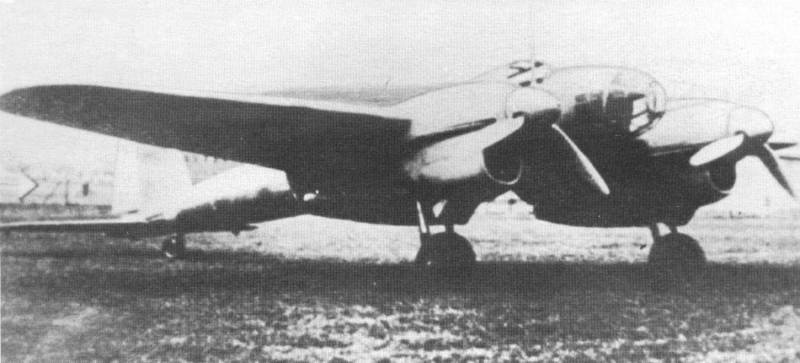
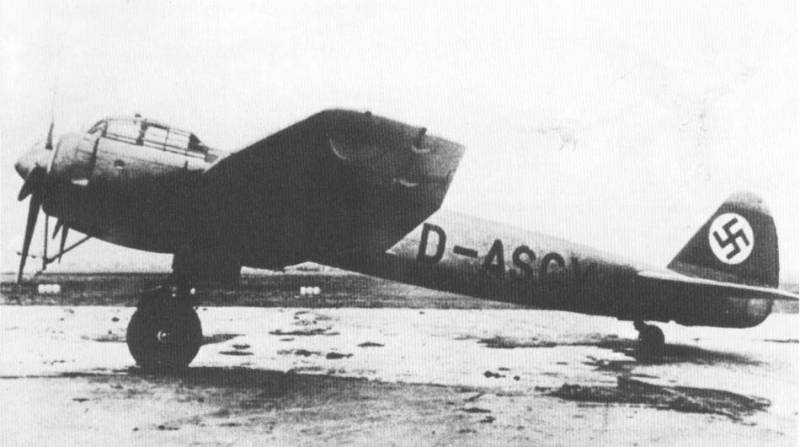
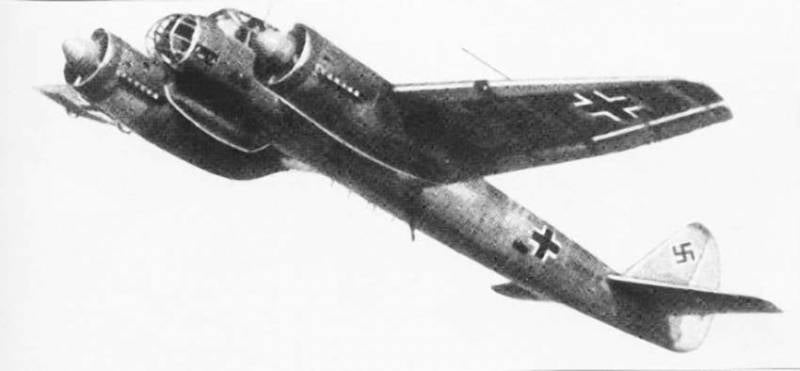
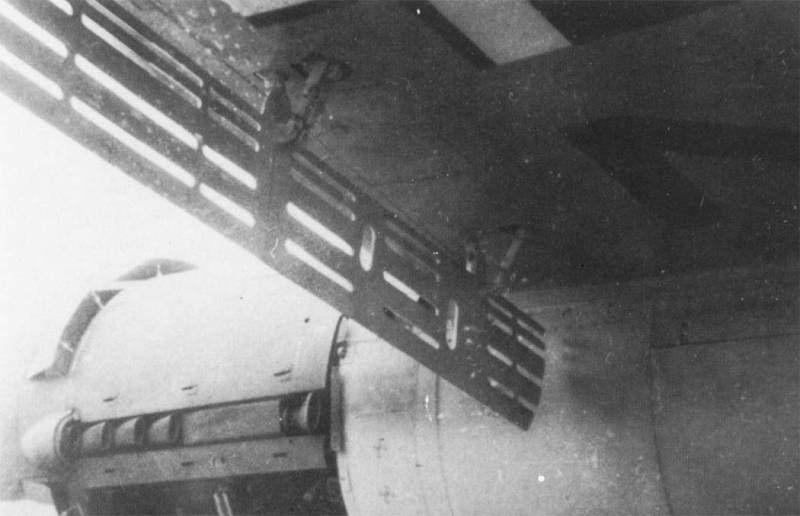
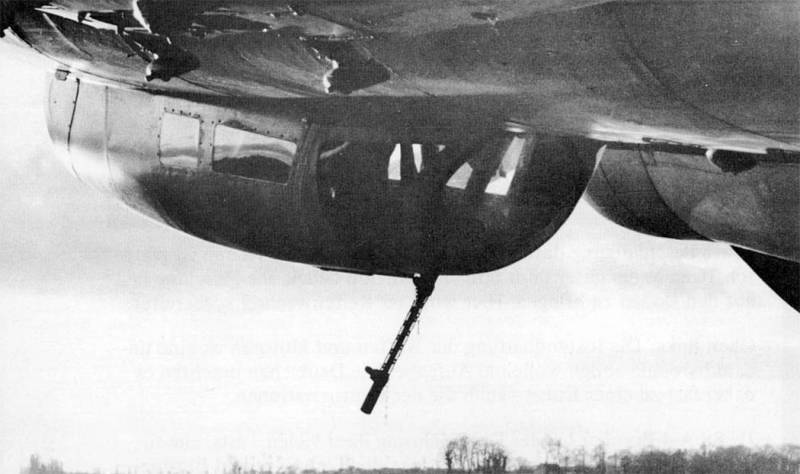
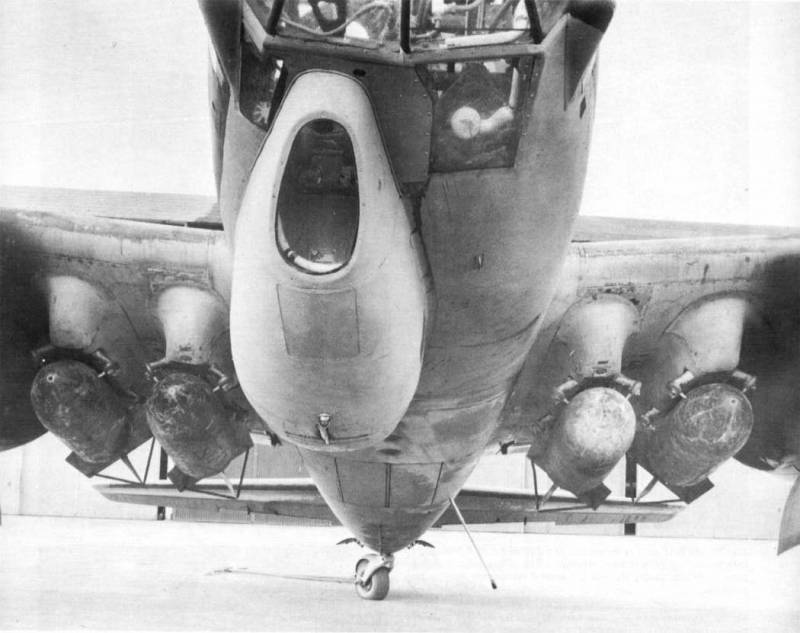
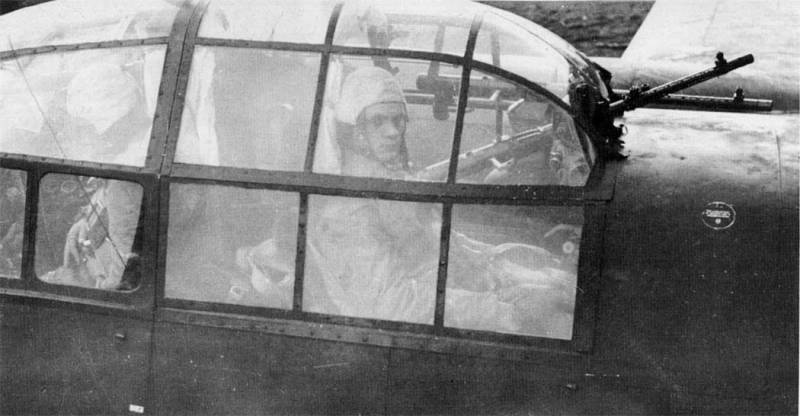
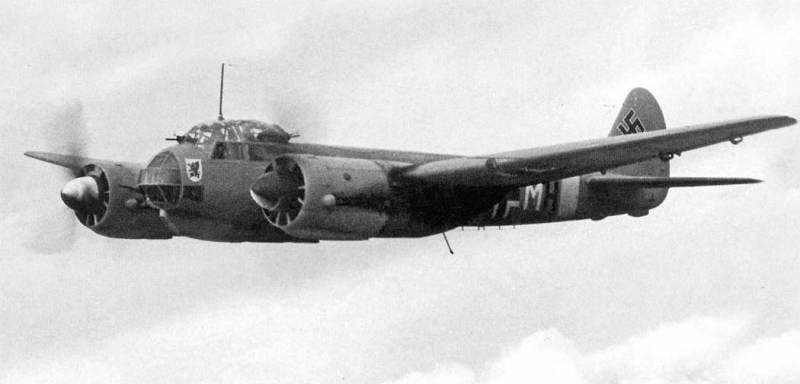

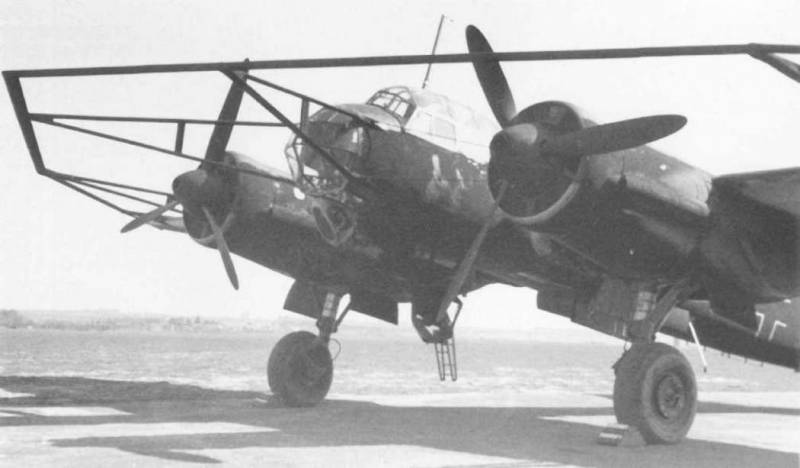
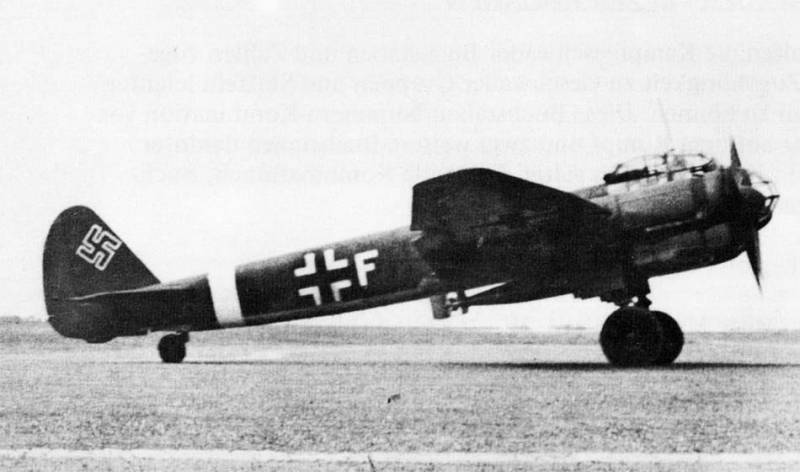
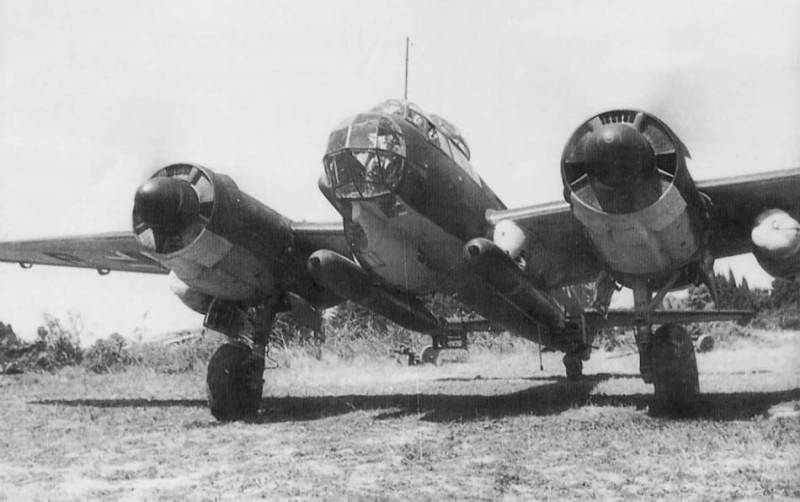
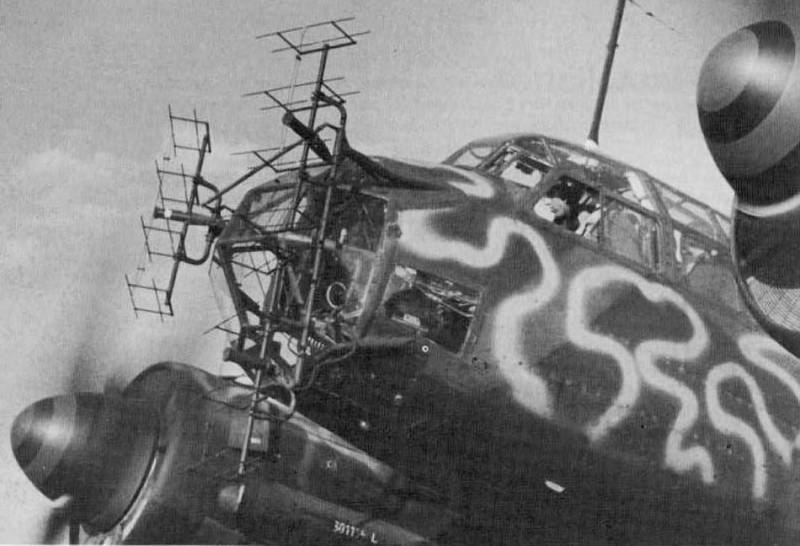
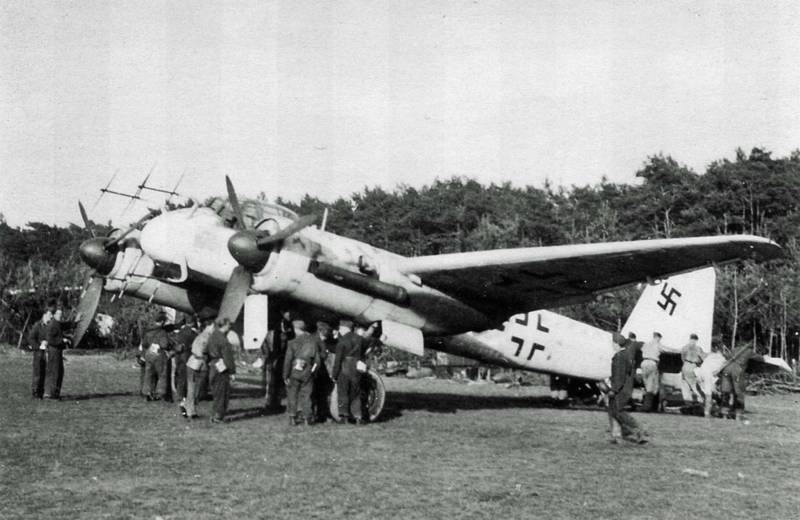
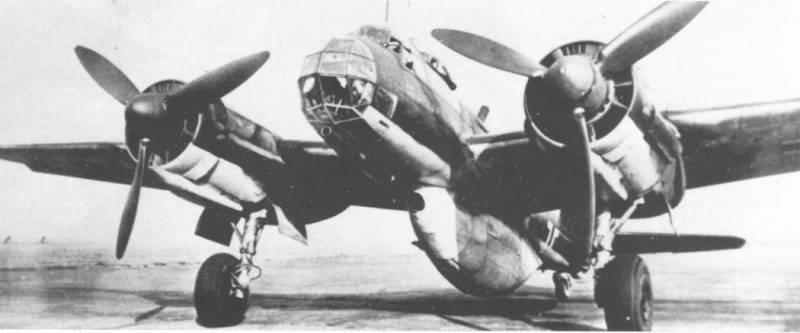
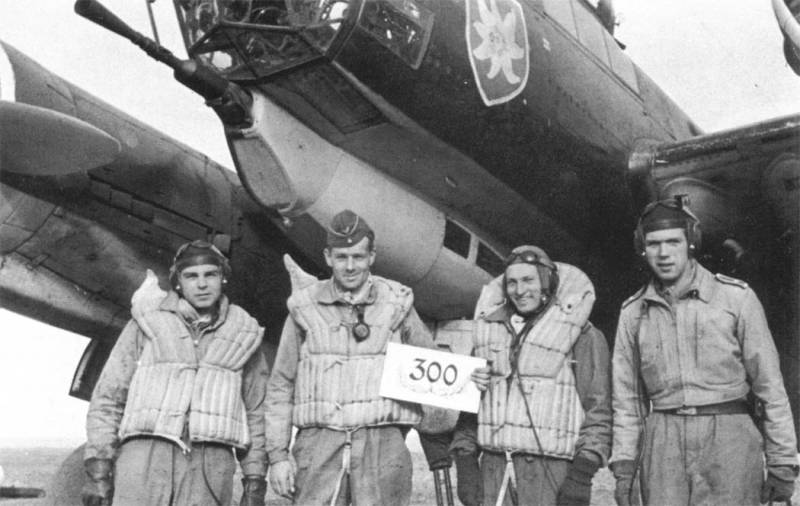
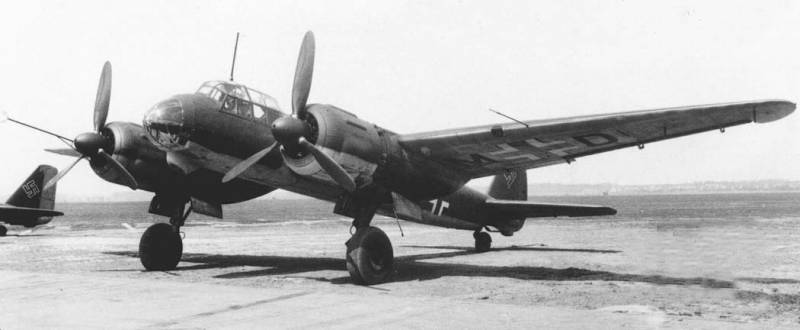
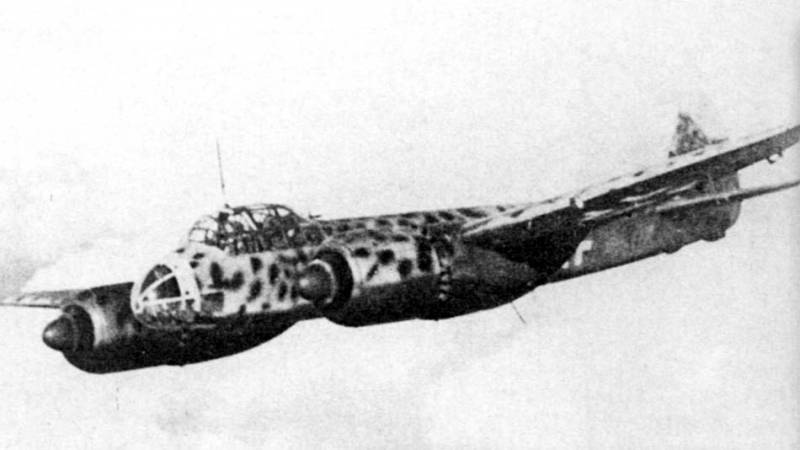
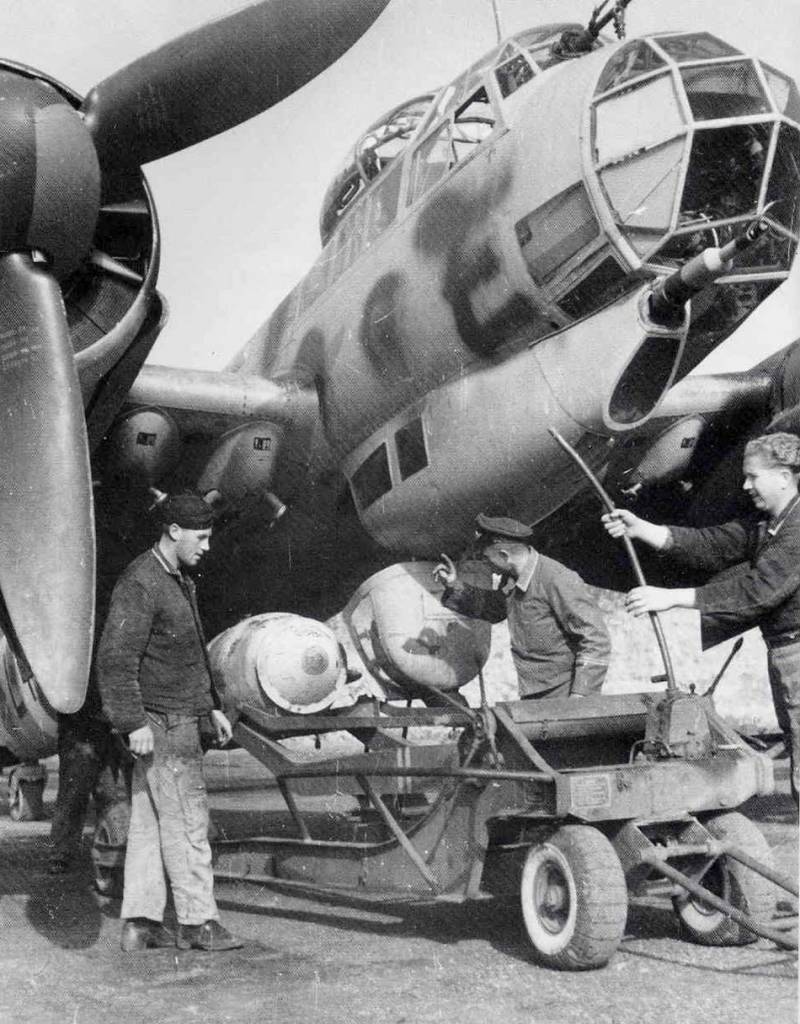
Information